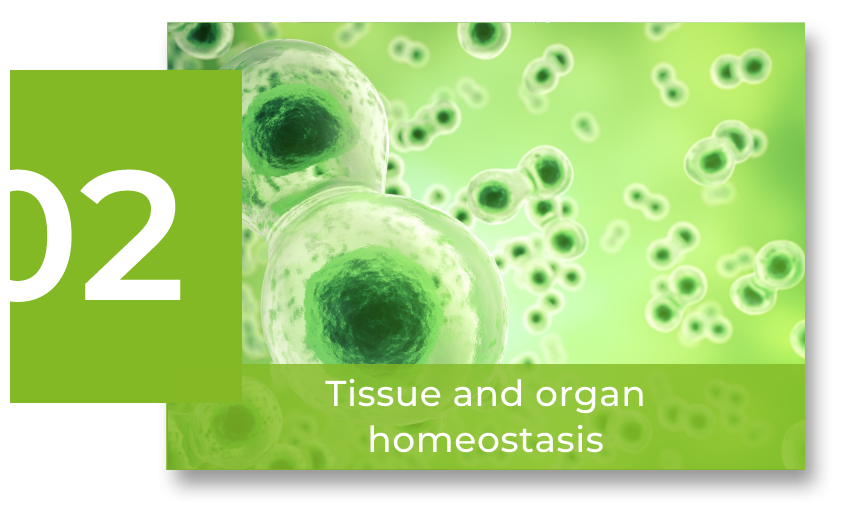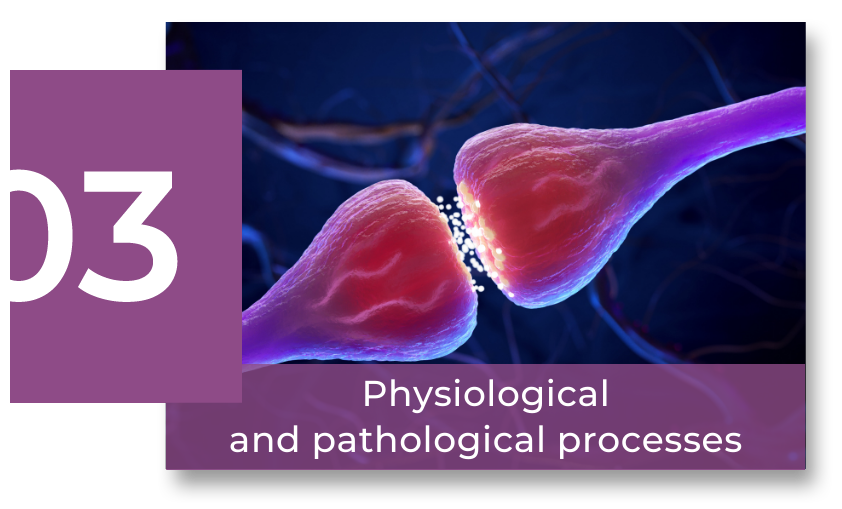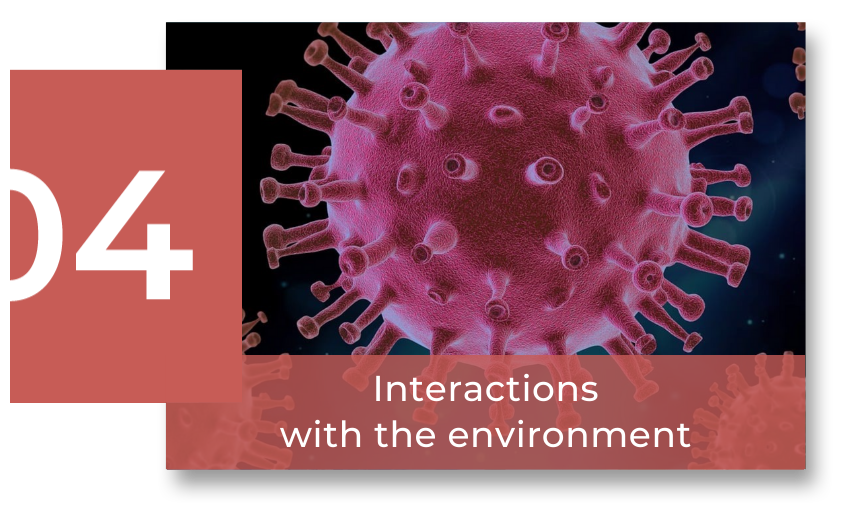Scientific Program
Tissue and organ homeostasis
RESEARCH GROUP
Cell biology of inflammation

Jaime Millán Martínez
We explore the reciprocal regulation between cellular barriers, apicobasal polarity, and the inflammatory response. By modulating genes of interest in human primary cells and organoids as experimental strategy to prevent cellular barrier disruption, we propose new therapeutic targets to ameliorate various inflammatory pathologies. We study the cytokine-regulated signaling of intercellular adhesion receptors and their downstream Rho GTPases, which control the actin cytoskeleton, thus regulating barrier properties during inflammation.
Research
Inflammation constitutes the initial response to infection, stress, or tissue damage. Pathological inflammation leads to chronic pathologies such as arteriosclerosis, multiple sclerosis, or hepatitis, as well as to acute, systemic, and lethal diseases such as septicemia. Inflammatory responses are orchestrated by the secretion of cytokines in the vicinity of the inflammatory focus, which produce, among other effects, the alteration of endothelial and epithelial barrier function in tissue parenchyma, thus facilitating the passage of soluble mediators and immune cells into the inflamed region. Our main objective is to investigate the effect of these inflammatory mediators on cellular barrier function and, reciprocally, to study how these barriers regulate the inflammatory response.
Endothelial cells line the inner surface of blood vessels, forming a selective barrier that controls the passage of cells and solutes between the blood and the parenchyma. Our group has found that the main cytokines involved in the inflammatory response regulate the expression and/or activation of the RhoA subfamily, composed of RhoA, RhoB, and RhoC, three GTPases with nearly identical sequences. Surprisingly, while RhoA and RhoB weaken the endothelial barrier by inducing actomyosin-mediated contraction and negatively regulating the formation of membrane extensions necessary for establishing adhesive contacts between cells (Marcos-Ramiro et al., JCB, 2016), RhoC preserves endothelial barrier function. While investigating the molecular basis of these opposing effects, we have artificially modulated the activity of these GTPases in the laboratory and reduced vascular hyperpermeability and tissue edema in preclinical models of septicemia (patent 201930571; Colás-Algora et al., ATVB, 2023, and manuscript in preparation).
Our research also extends to epithelial cells, where we have demonstrated the reciprocal relationship between the inflammatory response and the apicobasal polarity of hepatic epithelial barriers, mechanistically supported by the polarization and signaling capacity of the ICAM-1 adhesion receptor (Reglero-Real et al., Cell Rep, 2014, Cacho-Navas et al., CMLS, 2022). To demonstrate that this effect is independent of lymphocyte adhesion to these epithelia through this receptor, we have developed and cultured hepatic organoids in 3D from liver bipotent precursors (Cacho-Navas et al., eLife 2024).
Finally, the cornea is the paradigm of tissue organized into cellular barriers. In collaboration with the Jiménez Díaz Foundation and the Cornea Project company, we are investigating the organization of corneal endothelium and epithelium and their response to inflammatory and mechanical stress, searching for biomarkers of various ocular diseases.
In summary, cellular barriers are fundamental for compartmentalize functions such as transport, secretion or absorption in complex organisms. Our work in recent years have contributed to demonstrate the essential role that cellular barrier function also plays in regulating the inflammatory response, paving the way for finding new treatments for inflammatory diseases.
Group members

Jaime Millán Martínez
Lab.: 327 Ext.: 4713
jmillan(at)cbm.csic.es

Susana Barroso Fernández
Lab.: 327 Ext.: 4646
sbarroso(at)cbm.csic.es

Gema de Rivas Hidalgo
Lab.: 327 Ext.: 4646
gderivas(at)cbm.csic.es

Domnica Finis
Lab.: 327 Ext.: 4646

Raúl García Fernández
Lab.: 327 Ext.: 4646
raul.garcia(at)cbm.csic.es

Rubén Pérez Llamo
Lab.: 327 Ext.: 4646
Selected publications

Apicobasal polarity controls lymphocyte adhesion to hepatic epithelial cells
Natalia Reglero-Real et al.
RhoB controls endothelial barrier recovery by inhibiting Rac1 trafficking to the cell border
Beatriz Marcos-Ramiro et al.

Plasmolipin regulates basolateral-to-apical transcytosis of ICAM-1 and leukocyte adhesion in polarized hepatic epithelial cells
Cristina Cacho-Navas et al.

Simultaneous Targeting of IL-1–Signaling and IL-6–Trans-Signaling Preserves Human Pulmonary Endothelial Barrier Function During a Cytokine Storm—Brief Report
Natalia Colás-Algora et al.




